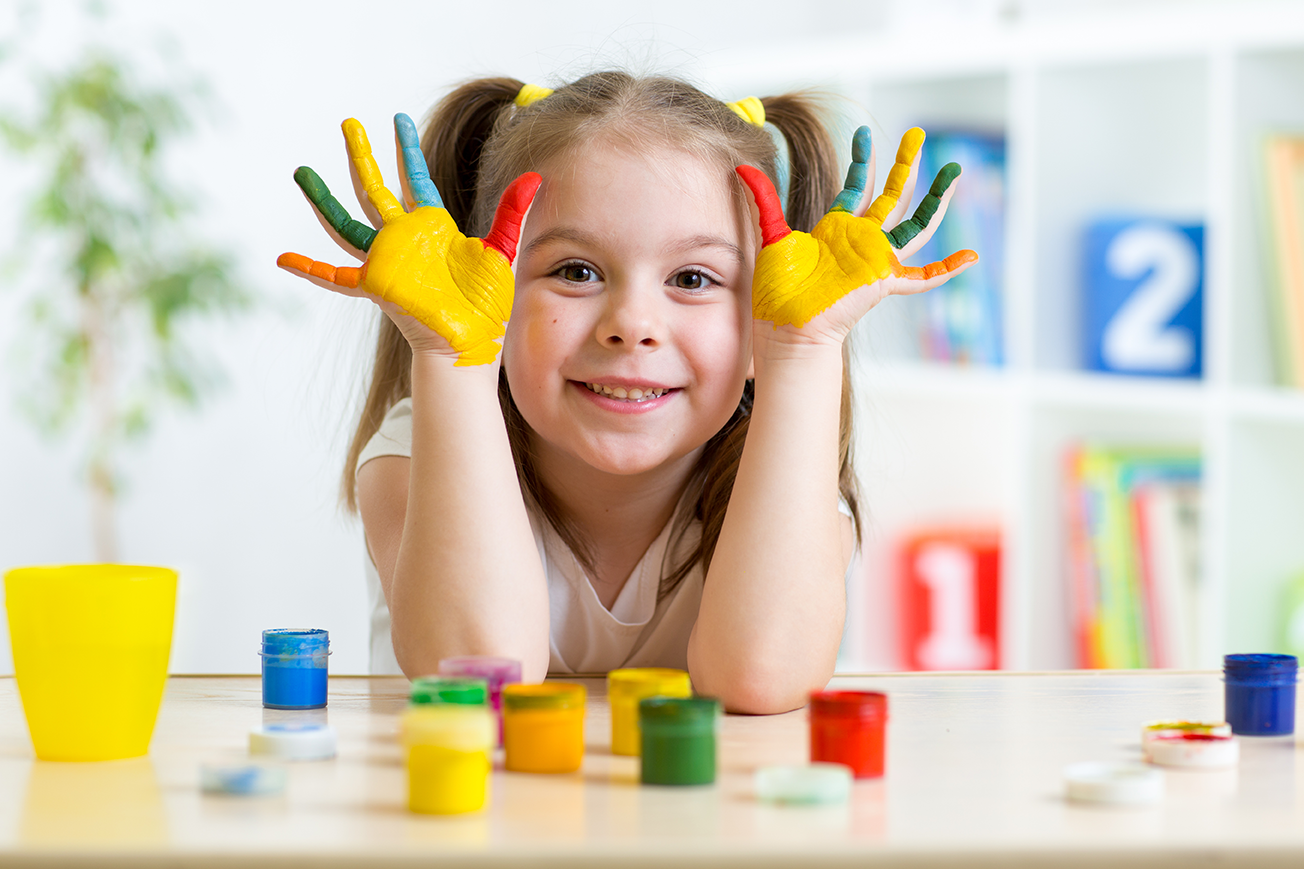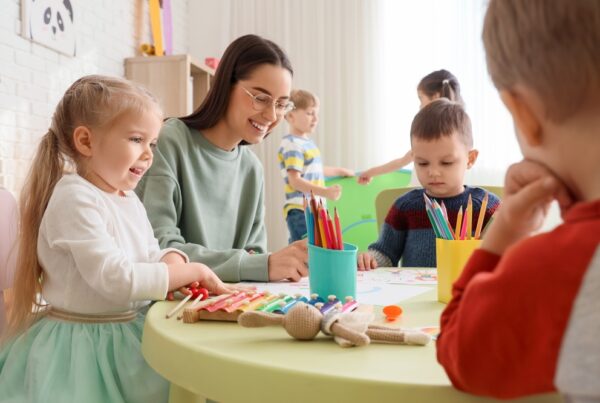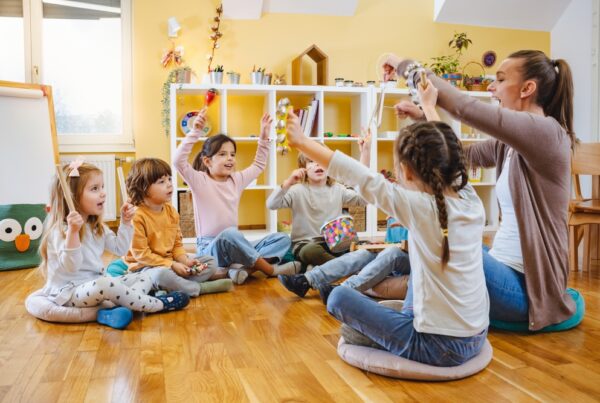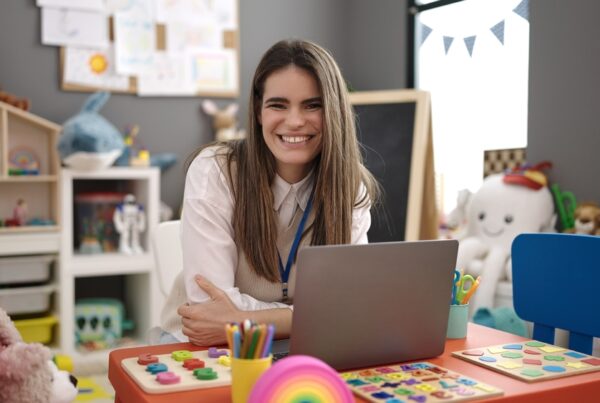Community Early Learning Australia shares ways to facilitate ‘aha’ moments, some ideas to get you started, and things to consider as you navigate through this concept.

We recently came across a statement on social media that really resonated with us:
“Any time you explain something to a child, you forever take away their ability to discover it for themselves. They will never get the ‘ah-ha!’ moment of understanding that particular thing. And for most of us, it’s that feeling that drives our love of learning, not the actual outcome of doing something correctly.”
Outcome four of the EYLF focuses on children being confident, involved learners, including an ability to develop dispositions for learning such as curiosity, cooperation, confidence, creativity, commitment, enthusiasm, persistence, imagination and reflexivity. Facilitating these ‘aha’ moments is a great way to help children develop these dispositions.
That spark of excitement or satisfaction we feel when we achieve something never goes away. It fans the flames of meaningful learning and creative thinking throughout our lives. It makes us realise that we are capable people and gives us the confidence to push ourselves and try for more.
‘Aha’ moments happen spontaneously throughout the day and don’t necessarily need adult ‘help’, however it’s our job as educators to provide opportunities for these moments to take place.
Ways to facilitate ‘aha ‘moments
There are many methods we can employ to facilitate ‘aha’ moments for children including:
Inquiry based learning
Using inquiry-based learning, educators see themselves as co-learners, working with children as they learn together. When using this model, educators can feel less focused on transmitting knowledge and will be more likely to support and extend children’s own attempts at understanding. The co-construction of knowledge with children allows children to think about what to do if things get tough along the way and can facilitate inspired accomplishment.
Scaffolding play
We can scaffold play by setting the scene for children but not controlling it. By setting up spaces, provocations and social situations we can create situations where children are encouraged to use their negotiation, critical thinking and analytical skills.
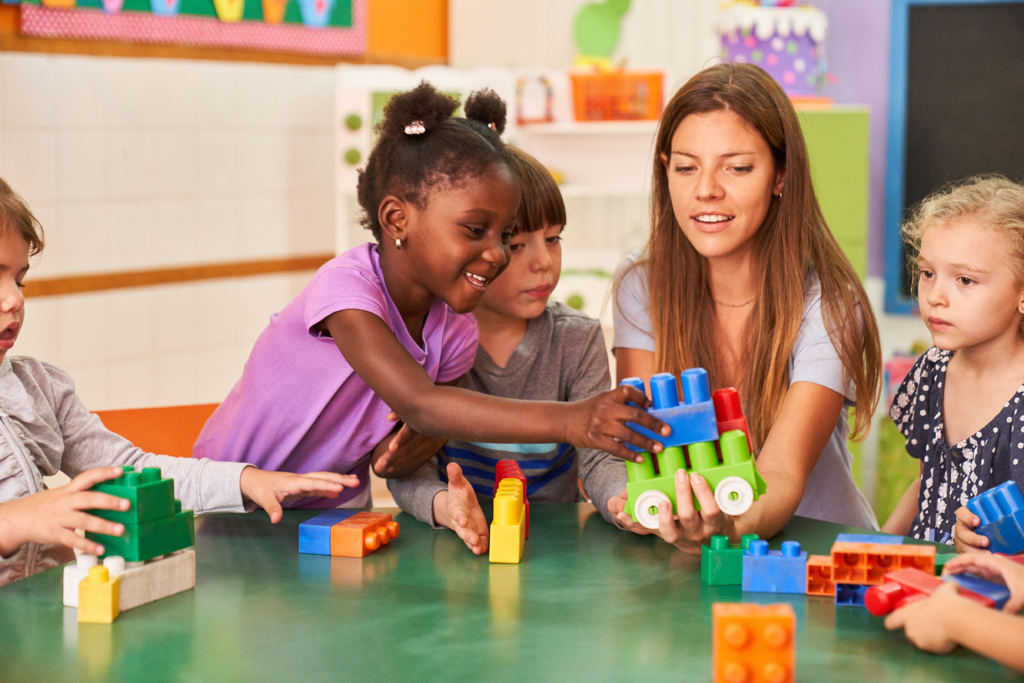
Asking open ended questions
Challenging children to think by asking thought provoking, open-ended questions can expand and enrich a child’s cognitive, creative and language development. Open ended questions that challenge thinking include inviting children to make predictions (“What do you think will happen?”), inviting them to consider consequences or assess feelings (“How do you think [friend] feels about it?”) and solving problems (“What could you do to…?”).
Providing open ended, multipurpose experiences and materials
Open-ended experiences have no set outcomes. There is no ‘right’ or ‘wrong’ way to engage with them and they allow children to follow their imagination and go in any direction their creativity takes them.
Open-ended materials, including loose parts, are materials that can be used in a variety of ways based on what the children decide, rather than on a set purpose. They can include all types of objects large and small such as buttons, beads, tyres, pipes, cardboard boxes and rocks.
Allowing children to problem solve
Letting children problem solve and explore different outcomes, especially those unintended, helps build resilience and can foster important social and emotional skills. It can also allow for children to learn through the process of exploration, rather than putting all the value on the outcome of an activity.
Some ideas to get you started
Activities and experiences will look different for different children. One influence may be the age or the developmental level of the children, however past experiences will also impact the way children interpret and use materials. Consider a mix of one-on-one and small group activities, similar and mixed-age experiences. Good programming will incorporate situations that include individual children’s interests, skills and abilities.
Investigating using ‘grown up’ materials
Give children a magnifying glass, buckets, a measuring tape, sand, clay, water and measuring cups for their investigations. Replicating environments where children can be like adults in their discoveries and question answering is an ideal space for ‘aha’ moments to occur. Loose parts are wonderful here as well.
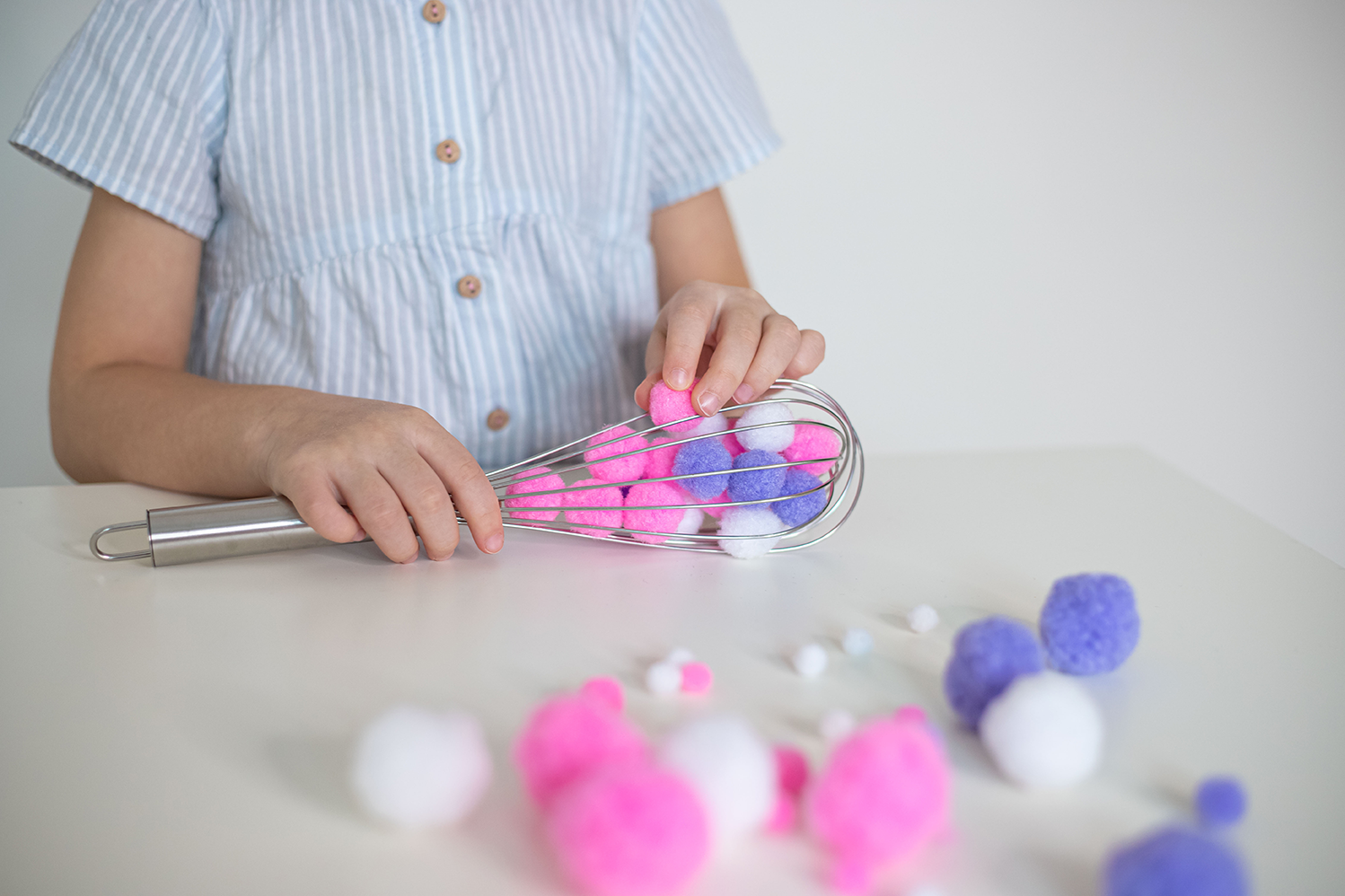
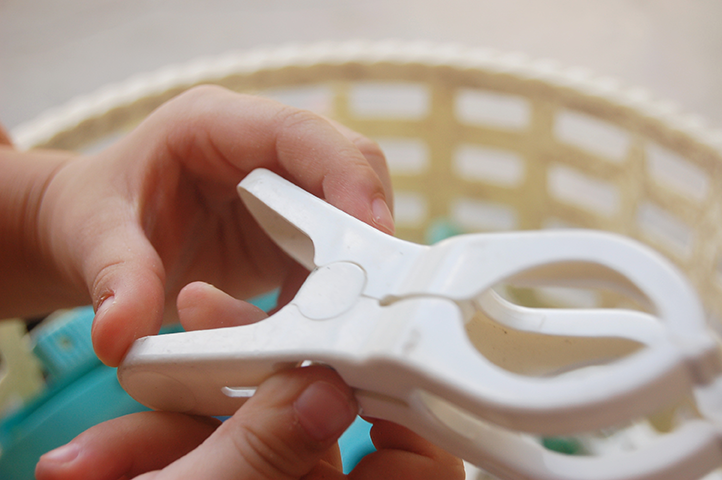
Combining younger and older children and watching the magic happen
Enabling younger and older children to play together can be great for role modelling, peer interactions, and social and emotional connections that push boundaries. Why not choose a favourite book and facilitate play acting of a particular scene? “Going on a bear hunt” with different ages of children playing different family members (and the bears) could be a great way to begin.
Allowing for challenging social situations
Creating situations where children will need to use their ‘thinking hats’ are great for learning and growing. Consider putting out three bikes to four children, paint pots without brushes – then observing what they will do, how they will do it? Asking them open-ended questions along the way, acknowledging feelings, suggesting ideas on how they can work through the situation.
Letting children be bored
Do we always need stimulation? Do we always need to provide materials and activities? Can imagination work here? Some philosophies of early learning promote minimalism, and can allow for magic moments to occur, particularly when children work together to find new ways to play.
Things to consider as you navigate this area:
- These moments are built on trust of children, observation of children, environments and activities and providing provocations.
- Be open to letting go, being vulnerable, not always having the answers, and coming from a place of wanting to learn as well.
- It’s vital to have an understanding of each individual child in our care, allowing for these situations and moments can help us to build that understanding.
- Building your self awareness can help you to grow understand your own biases, background and values that may influence your thinking in certain situations.
- Be aware that routines, adult behaviour and language can undermine or strengthen children’s ability to demonstrate their competence.
Should we step in if children are getting frustrated?
Seeing a child struggling or becoming upset, it can be tempting to step in and help them bridge the gap in knowledge or competence. There are ways to do this that still allow children to experience their ‘aha’ moment.
Consider the example of Robbie. He’s three years old and has been trying to build a robot using blocks for quite some time now. He’s building the robot on a lumpy piece of carpet, so it keeps falling over. You can see that he’s getting frustrated — he’s started to throw the blocks angrily as his vision is not materialising and you know that it’s down to the lumpy carpet underneath.
Younger children may need to be shown how they can work through challenges by role modelling or through open ended questions.
Using role modelling an educator could start to make their own robot, saying “I’ll make my own robot over here on the floor,” and then letting the child imitate.
Using an open-ended question, an educator could ask “I wonder what happens if I try to build my robot on the floor. Will it stay upright on the floor or will it fall?”
For older children, it’s about taking the time to slowly work through situations together.
What about dangerous situations?
Risky play helps to build a child’s confidence, resilience and executive functioning abilities (executive function is a set of mental skills that include working memory, flexible thinking, and self-control).
“It is our duty as early years providers to ensure that the risks we expose children to, are as safe as they possibly can be so children can take calculated risks,” says Sue Robb, Goodstart Early Learning’s General Manager Pedagogy and Practice via First Five Years.
If we think a situation may be too dangerous, there are a few ways we can approach it while still allowing for ‘aha’ moments.
We can ask children what they already know about a situation that we perceive as dangerous or what they want to know so that we can work out a level of understanding, working together as learners by using discovery and research.
We can set up scenarios and use intentional teaching to showcase examples.
By modelling, practice, and a gradual release of responsibility, some ‘dangerous’ situations and risky scenarios can be worked through with children enabling a sense of self achievement and satisfaction.
When the experience is just too risky or dangerous for a child to be involved in, we need to explain boundaries – “Some things are only for adults to do but let’s think of ways to explore this topic together by learning about it through reading this book…”
Enabling ‘aha’ moments can put a sparkle in everyone’s eyes
Seeing these ‘aha’ moments will also allow for more meaningful engagement with children, more in-depth observations of children and greater understanding of the needs, interests, skills and abilities of each child. These situations can put a focus on being present and thankful for the little moments we get to spend with children, seeing and discovering life with them through their eyes.

Article by Community Early Learning Australia
